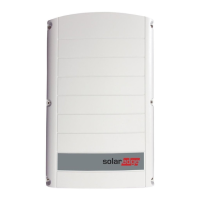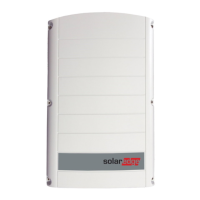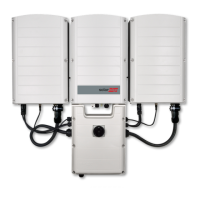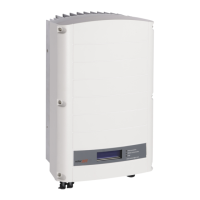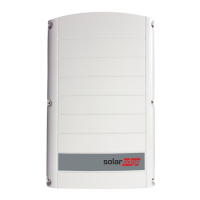What to do if SolarEdge SE4000H displays 'Under Voltage Press Charge Now'?
- Ttiffany28Sep 19, 2025
If your SolarEdge Inverter displays 'Under Voltage Press Charge Now', press the Charge Now pushbutton on the Connection Unit or tap Charge Now on the EV Charger tab of the Monitoring App.



